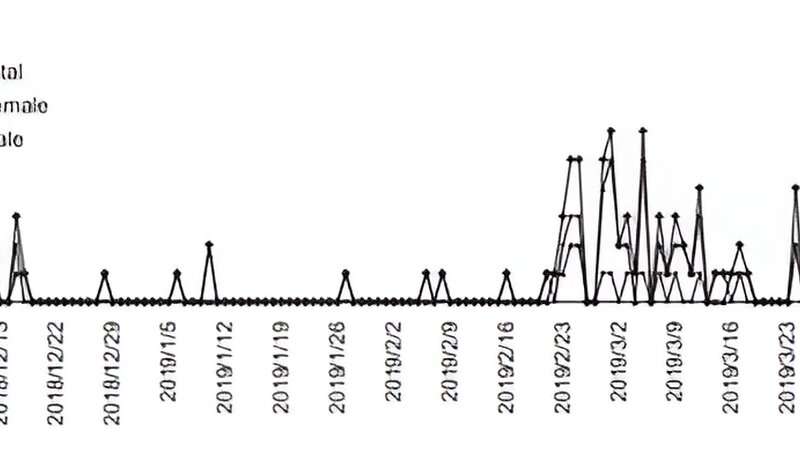First known fall armyworm invasion in China traced back to December 2018

The fall armyworm (FAW), scientifically known as Spodoptera frugiperda, has long posed a threat to the global agricultural sector due to its insatiable appetite for crops. Originating from the tropical and subtropical regions of the Americas, FAW is notorious for damaging more than 350 plant species, including staples such as corn, rice, and wheat. In its invasive expansions, FAW has caused yield losses of up to 73% in some areas. Given its destructive potential, tracking its migration has become paramount for ensuring food security.
Researchers from Chinese Academy of Agricultural Sciences set up a searchlight trap in March 2018 in Yunnan Province, China, a region known as the first stop for many pests coming from Southeast Asia. This monitoring process aimed to detect a possible FAW invasion into China. Moths captured that appeared suspicious were identified using DNA sequencing.
The results showed that the first FAW moth was captured on December 11, 2018, with a noticeable peak in the invasion by mid-December 2018. DNA sequencing revealed that the invaders were of the "corn-strain" variety, which is known to primarily feast on crops such as corn, cotton, and sorghum. Field surveys confirmed that the pest had a particular preference for corn-growing regions in Pu'er, Dehong, and Baoshan.
A migration trajectory analysis suggested that these moths largely originated from the eastern mid-latitude region of Myanmar. FAW's arrival poses a significant threat to food production in China and East Asia. Data suggests that the initial wave of FAW entered China through air transport from the eastern side of Central Myanmar. This discovery underscores the urgent need for international cooperation on FAW management among East Asian nations. Due to the pest's devastating impact, understanding its migration patterns is essential.
This case study now published in the Journal of Integrative Agriculture, employed innovative methods, including molecular analysis and trajectory simulations, offering a reliable framework for monitoring future invasive species.
The findings provide invaluable insights into FAW's migration dynamics in Asia and will be instrumental in formulating strategies to counteract this pest in China. Given the increasing threats from migratory pests due to global trade and climate change, the methods used in this study could serve as a benchmark for the early detection and management of other potential invasive species. It has proved that the accurate and timely prediction of FAW invasion provided important basis for secure agricultural production in China.
More information:
Xiao-xu SUN et al, Case study on the first immigration of fall armyworm, Spodoptera frugiperda invading into China, Journal of Integrative Agriculture (2021). DOI: 10.1016/S2095-3119(19)62839-X
Provided by TranSpread